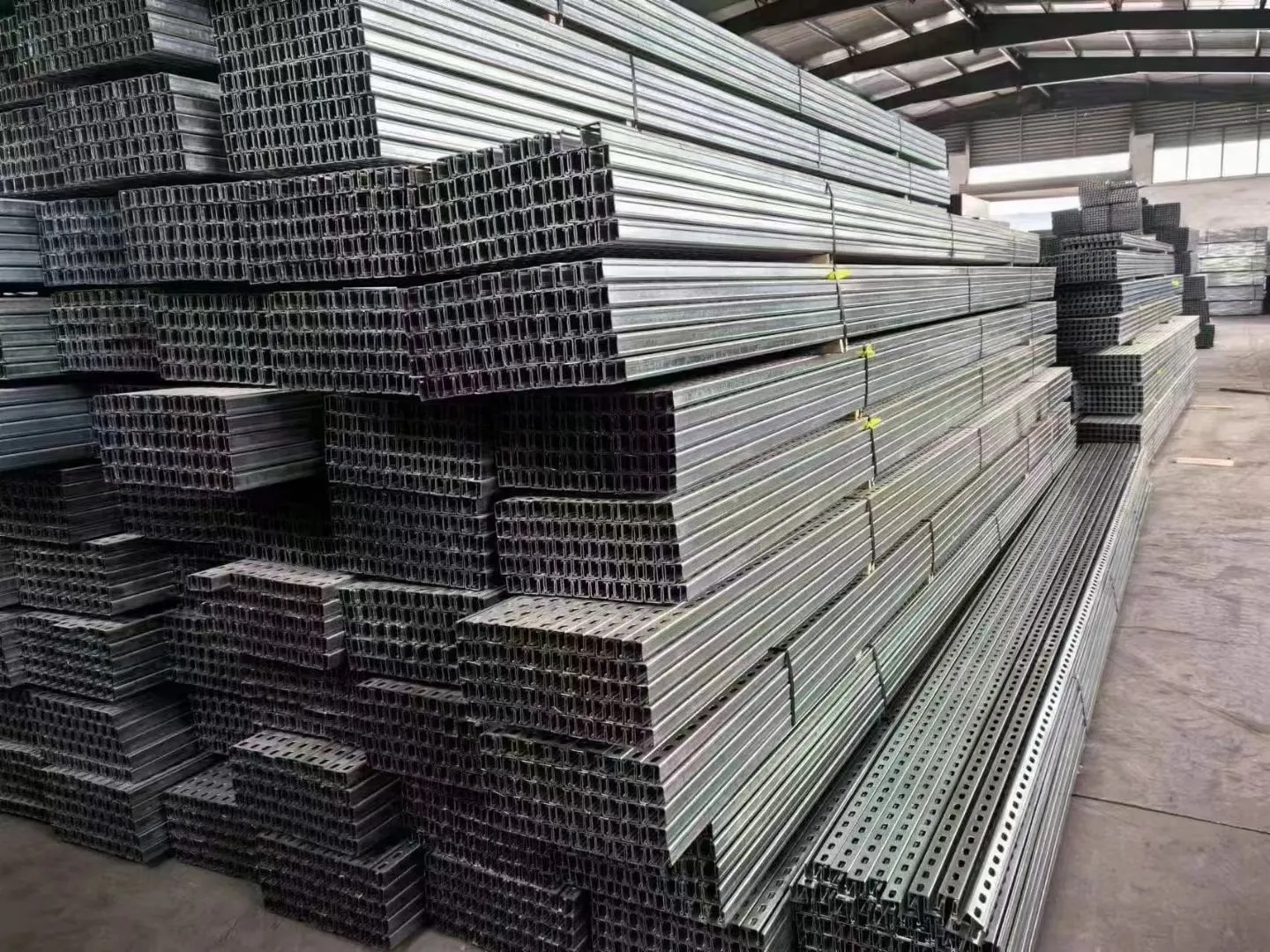

M22 Stud Bolt Specifications and Applications for Industrial Use
अक्टूबर . 02, 2024 00:52 Back to list
M22 Stud Bolt Specifications and Applications for Industrial Use
Understanding Stud Bolts The M22 Specification
Stud bolts are essential fastening components widely used across various industries, particularly in construction, manufacturing, and maintenance. Among the various specifications available, the M22 stud bolt stands out due to its unique dimensions and strength characteristics. This article delves into the specifics of M22 stud bolts, their applications, benefits, and installation considerations.
Definition and Specifications
A stud bolt is essentially a threaded rod that is partially or entirely shank-free, featuring threads at both ends. The M22 refers to its metric size, with 22 millimeters representing the major diameter of the bolt. Typically, M22 stud bolts come with different thread pitches; the most common being 2.5 mm (coarse thread) or 1.5 mm (fine thread). The choice of thread pitch can significantly influence the bolt's performance in various applications.
Material and Coating
M22 stud bolts are manufactured from a variety of materials, depending on the intended application. Common materials include carbon steel, stainless steel, and alloy steels, which provide varying degrees of strength and resistance to corrosion. Additionally, the surface finish and coating can also vary—options like hot-dip galvanizing, zinc plating, or epoxy coatings enhance the durability of these fasteners, allowing them to withstand harsh environmental conditions.
Applications
The versatility of M22 stud bolts makes them applicable in numerous fields. They are frequently used in the assembly of machinery, construction of structures, and in piping systems, particularly where heavy loads and high-pressure conditions exist. The oil and gas industries, power plants, and shipbuilding sectors are some of the primary environments where M22 stud bolts are indispensable due to their high tensile strength and reliability.
stud bolt m22

Advantages
One of the primary advantages of using M22 stud bolts is their strength-to-weight ratio. The design allows for a secure and tight fastening, even under significant loads. Additionally, the ease of installation and removal makes them a preferred choice among engineers and technicians. Unlike standard bolts, stud bolts often require only nuts for fastening, which can simplify assembly and maintenance processes.
Another significant benefit is the ability to use them in applications that necessitate precision in fastening. The availability of fine threads allows for greater adjustment, making M22 stud bolts suitable for settings where alignment is crucial.
Installation Considerations
When installing M22 stud bolts, it is essential to follow a systematic process to ensure effectiveness. Proper torque specifications must be adhered to during installation to prevent stripping the threads or over-tightening, which can lead to material fatigue. It’s also crucial to examine the bolt holes for any debris or corrosion before installation, as these factors can affect the overall integrity of the fastening.
Conclusion
In conclusion, M22 stud bolts are vital components in various industrial applications due to their robust characteristics and versatility. Understanding their specifications, materials, applications, and installation practices can significantly enhance mechanical performance and safety in construction and manufacturing processes. With proper usage and installation techniques, M22 stud bolts contribute to creating stable and durable structures, ensuring they stand the test of time under demanding conditions.
Latest news
-
Similarities and Differences Between Plain Washer and Spring Washer - Fastener Comparison Guide
NewsJun.10,2025
-
Effortless Installation Self-Drilling Window Screws - Fast, Secure, and Durable Fasteners
NewsJun.10,2025
-
Self Drilling Stucco Screws for Fast, Secure Installation Self Tapping & Self-Tapping Fasteners
NewsJun.10,2025
-
Premium Hot Dipped Galvanized Self Tapping Screws - Durable Corrosion Resistance
NewsJun.09,2025
-
Discover M12 Weld Stud Benefits & Applications Guide
NewsJun.09,2025
-
M25 Stainless Steel Washers High-Durability Fasteners for Corrosion Resistance
NewsJun.09,2025

